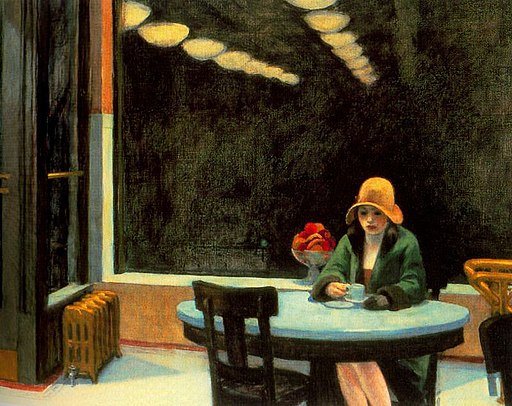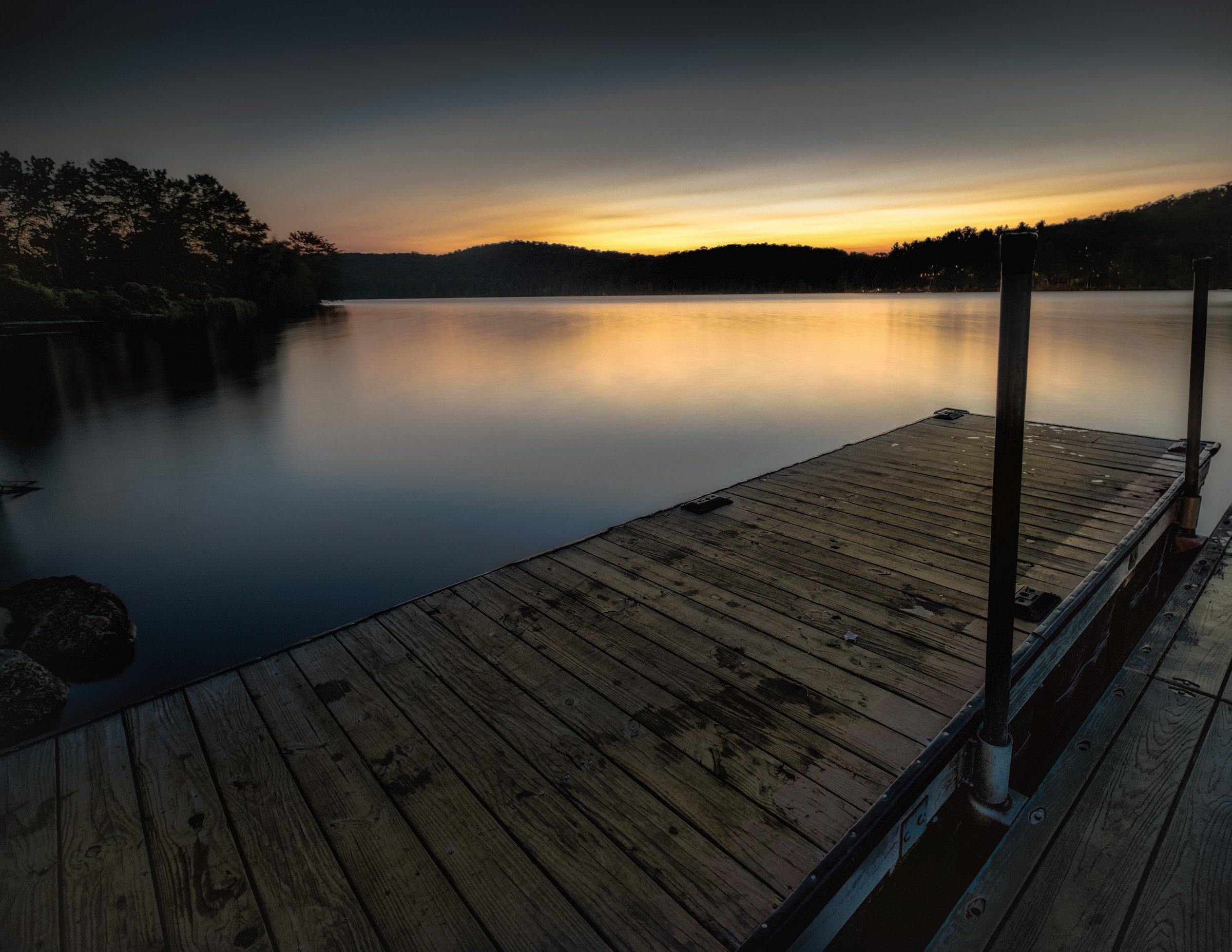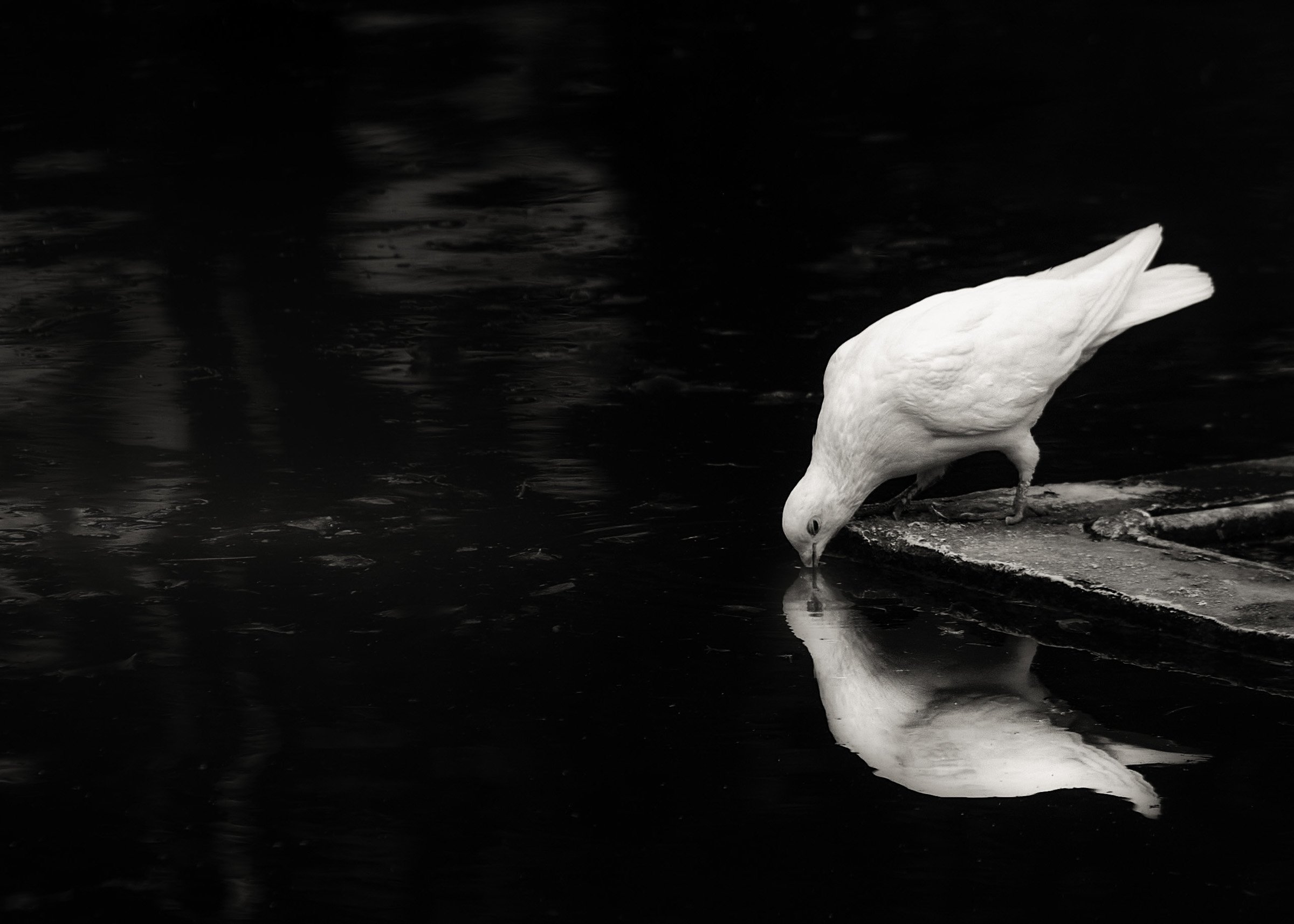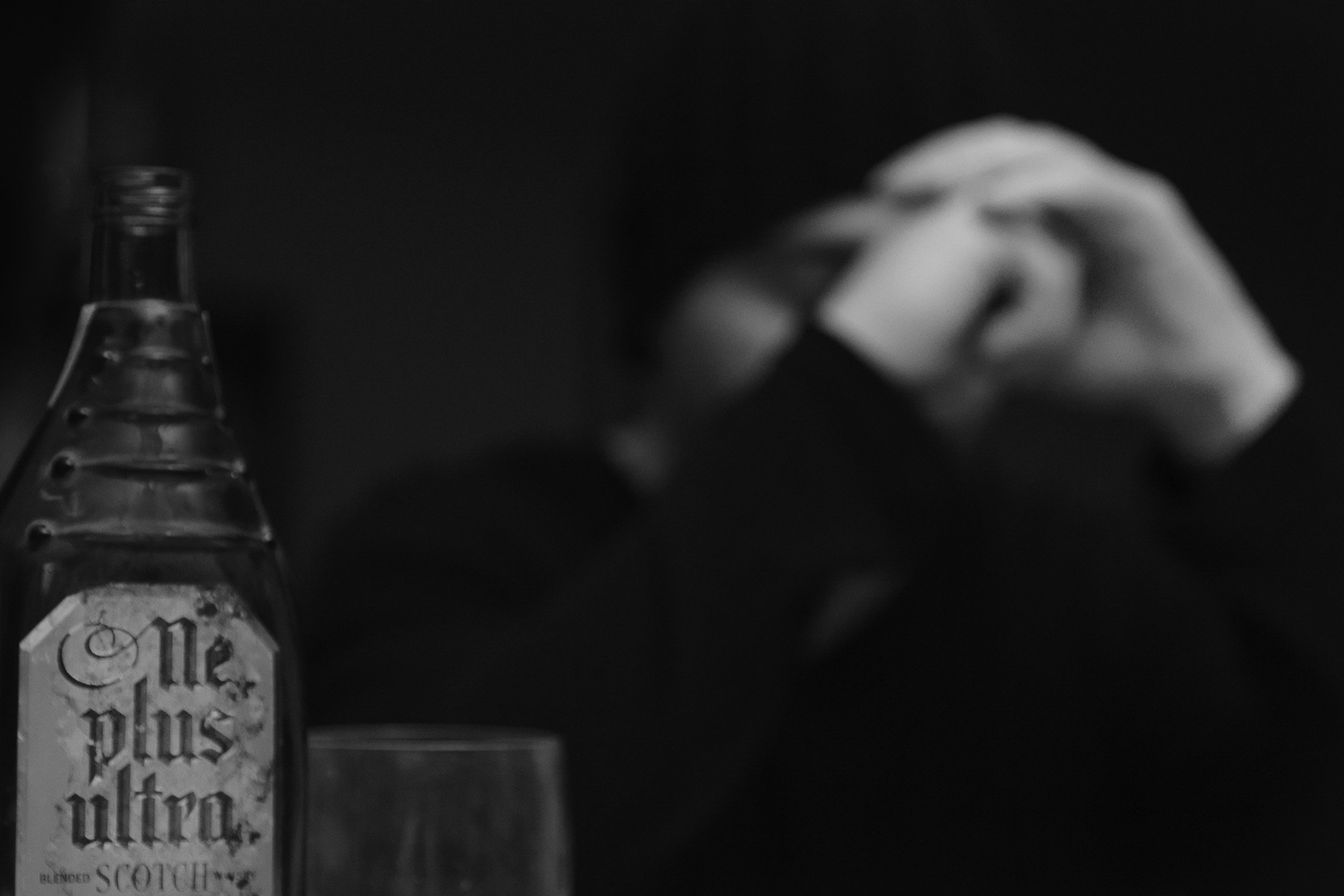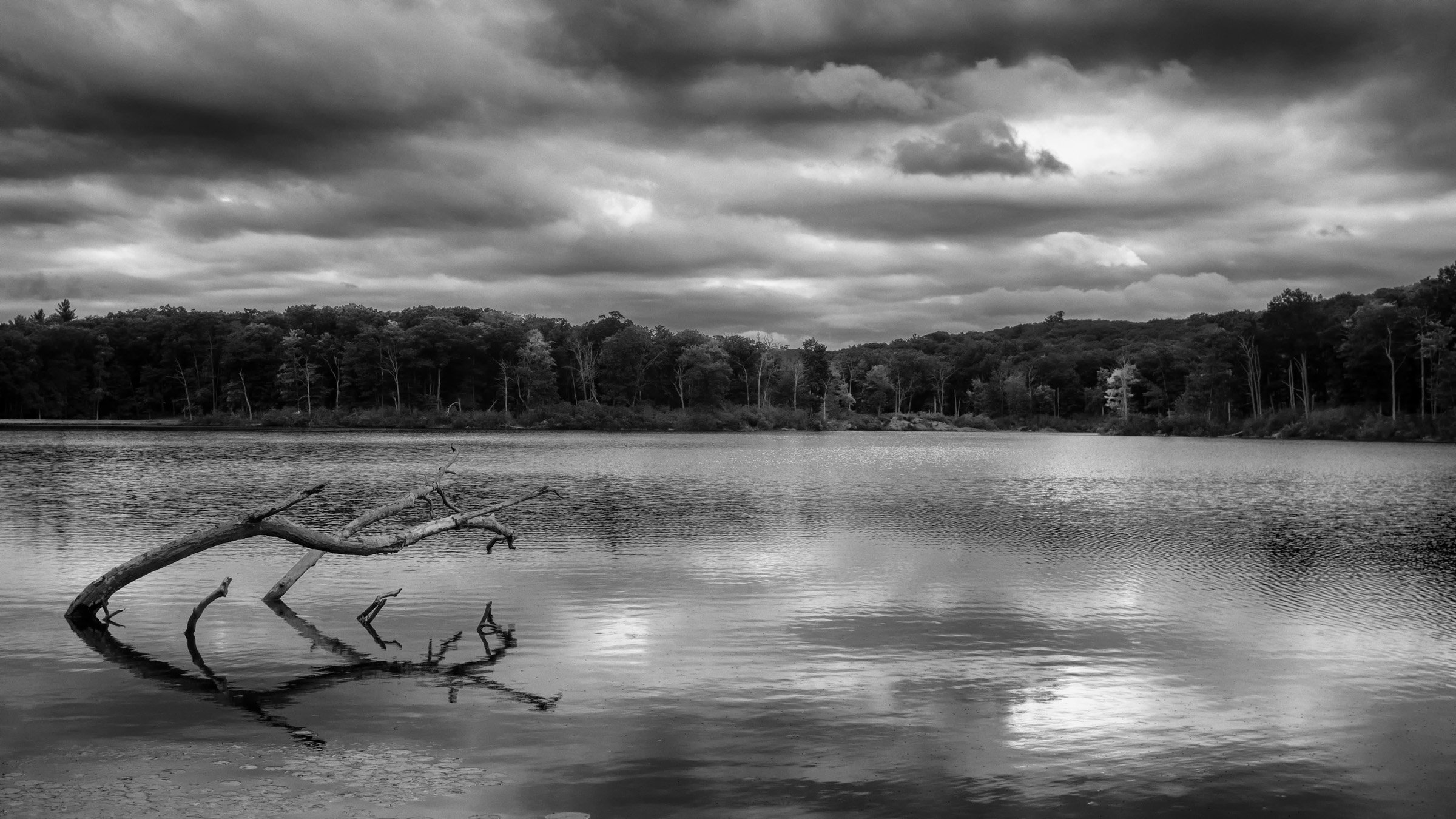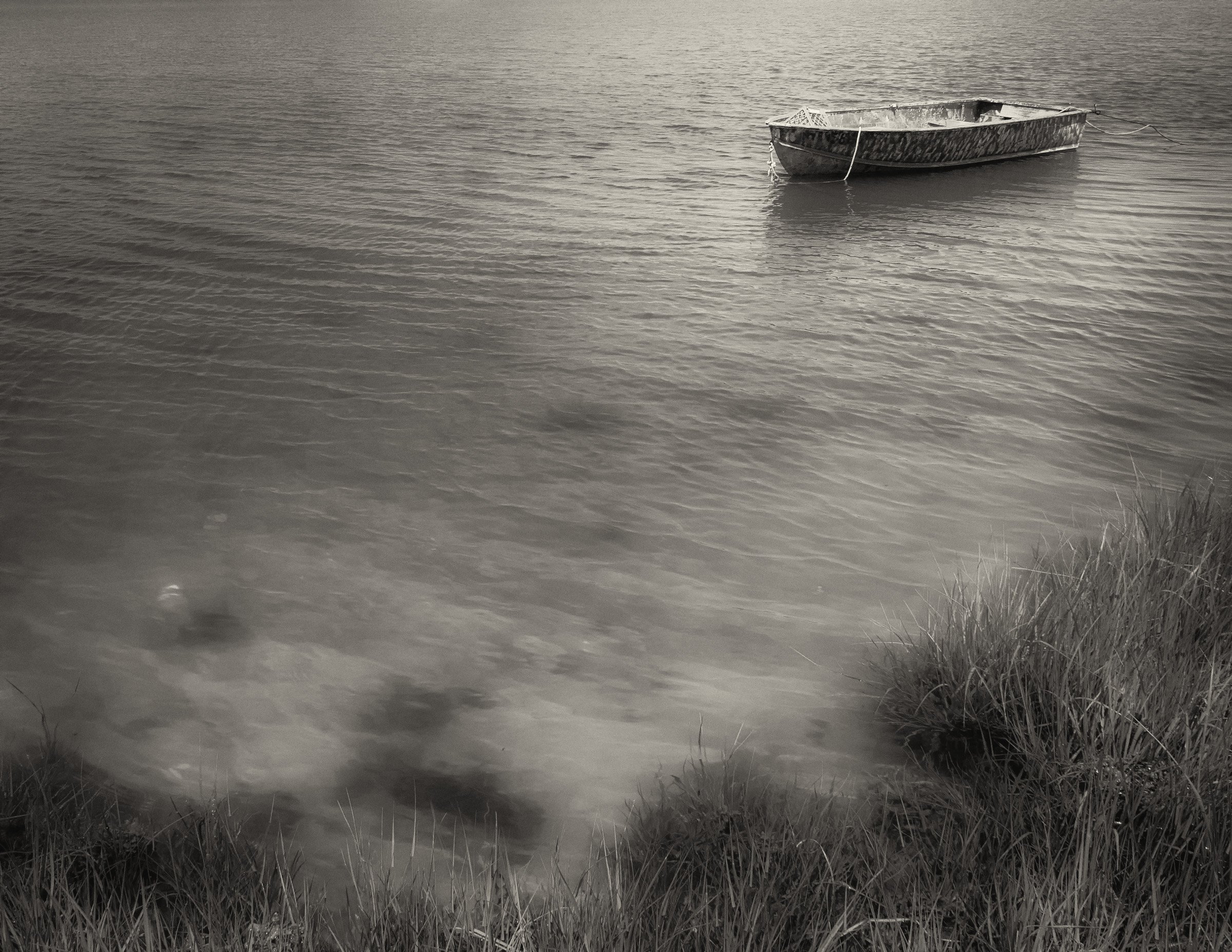Photography and Solitude
"To go out with the setting sun on an empty beach is to truly embrace your solitude."
- Jeanne Moreau
Lands End
Donald McGuire
Isolation has been an unfortunate by-product of the two-year-long pandemic. As a result, like everything else associated with covid-19, much has been written about it. Specifically, the media has much covered the psychological impact of this isolation.
In and of itself, isolation is not necessarily a bad thing. However, how we cope with the isolation determines its impact on us. For example, introverts are energized from time alone, while connecting with others stimulates extroverts. I realize there is a spectrum at play here, and we are all not just one or the other. But I believe we bring one more often than the other to our photography.
We experience being alone as either solitude or loneliness. Solitude is viewed as a peaceful and positive state, while loneliness is considered bleak and empty. Solitude is sought out while loneliness is inflicted upon us. So, what does this have to do with photography? Quite a bit, it would seem — both in how and what we photograph.
Tree and Fog
Donald McGuire
I am drawn to quiet woodland settings, being a predominantly landscape photographer. Solitude is neither accident nor coincidence. It is also more likely that an extrovert personality would lean towards the immediacy and interaction of traditional street photography.
Perhaps a more project-oriented approach to photographing loneliness and solitude is something to pursue in the future. But having stumbled onto this topic, it intrigued me. So I combed through my archives to find photographs of loneliness and solitude.
Solitude
Ocean and Sky
Donald McGuire
Not surprisingly, escaping to quiet landscapes and seas, I sought far more images with a sense of solitude rather than loneliness.
Marshland
Donald McGuire
Also not a surprise - people are not necessarily part of the equation. The setting and mood can portray isolation independent of a present person.
I was, however, surprised to find that scenes with water, either lake or ocean, seem to portray solitude better. Because I feel more peaceful in woods and forests, I assumed those would be the images that best conveyed a sense of peace.
I was perplexed that there was typically no distinction between solitude and loneliness in the articles that I read. In simply searching for a synonym for the word 'solitude,' the first result is 'loneliness.'
I took particular interest in the numerous articles and references to the paintings of Edward Hopper. His work had come to epitomize our collective isolation. Yet, while his paintings depict people alone, he stated that the “lonely thing was overdone."
Edward Hopper, The Automat 1927
Public Domain, via Wikimedia Common
Before he was well known, 1927's The Automat clearly illustrates Hopper's vision. Like many of his paintings, there is a lone figure. However, why would we assume the person to be lonely? Wouldn't an escape from a hectic city to a quiet table represent an urban getaway, as would a walk in the woods? Ansel Adams stated, "there are always two people in every picture: the photographer and the viewer." So the viewer brings their perspective to the interpretation of a photo.
Gone Fishing
Donald McGuire
How people choose to relax is evidence of the pursuit of solitude. Notice that our hobbies are often indicative of our search for quiet. For example, I recall reading that photographers could benefit from the 'gone fishing' mindset, and in a sense, photography is 'fishing' for images.
Quiet Water
Donald McGuire
Of course, like photography, the approach to fishing will be different if it is your livelihood. However, if it is for relaxation, slowing down and letting the 'fish' come to you is beneficial for our photography.
Invitation
Donald McGuire
Evening brings with it a unique form of solitude. Everything seems to be quieting, readying to rest for the night. Yet, again, this restfulness is another opportunity to benefit and enjoy our photography. When I first started photography, I recall being frantic as sunset images were something to chase. Now I see it as an invitation to sit for a moment and observe not the sunset itself but rather what the evening light is touching.
Dock at Dusk
Donald McGuire
To best portray the quiet that evening brings, we first need to quiet ourselves. A tripod is often necessary given the fading light. Using a tripod slows us down. This same fading light also presents an opportunity for longer exposures. The stillness that comes with long exposures brings a calming sense of solitude.
Reflection
Donald McGuire
Beyond people and settings, we may attach human qualities to animals, birds, and other life forms. This dove is simply doing what it needs to do to survive. Drinking water. However, there seems to be a serene and calm mood in the bird. It is alone yet almost appears to be smiling at its reflection as it lowers its head to the water. It is also ironic that we associate positive feelings with doves, such as peace, while less positive with pigeons. This dove is simply a white pigeon.
Loneliness
If you chase solitude as a photographer, that is what you will find. So loneliness is not a dominant subject for me. I have several images that portray people in what I perceived as a lonely moment. However, I am not comfortable invading people's privacy in a potentially vulnerable moment.
Change
Donald McGuire
This moment, captioned as Change, was staged for a photo assignment. While arranged, it is relevant. The project was to depict 'change.' The loneliness of fighting demons is a daily battle for many people. The image also demonstrates the power of gesture as the hands attempt to shield the moment.
The Claw
Donald McGuire
Landscapes can also feel empty instead of comforting. Threatening skies and a dark mood suggest lonely, not solitude. Indeed, removing pleasing colors from a scene can heighten isolation.
Silent Sorrow in Empty Boats
Donald McGuire
Music can significantly influence our photography. We know that music has no shortage of expressions of loneliness. In this case, though, it is a song without lyrics. However, the title, "Silent Sorrow in Empty Boats" (Genesis, 1974), certainly presents a lonely vision, and the music is particularly haunting.
Mystery
Donald McGuire
One final image illustrates that a sole individual in a mysterious setting does not necessarily lend itself to being easily classified as searching for solitude or a lonely path. Perhaps it's neither. Just someone is getting from point 'A' to point 'B.' Proof that there are no automatic formulas in photography.






